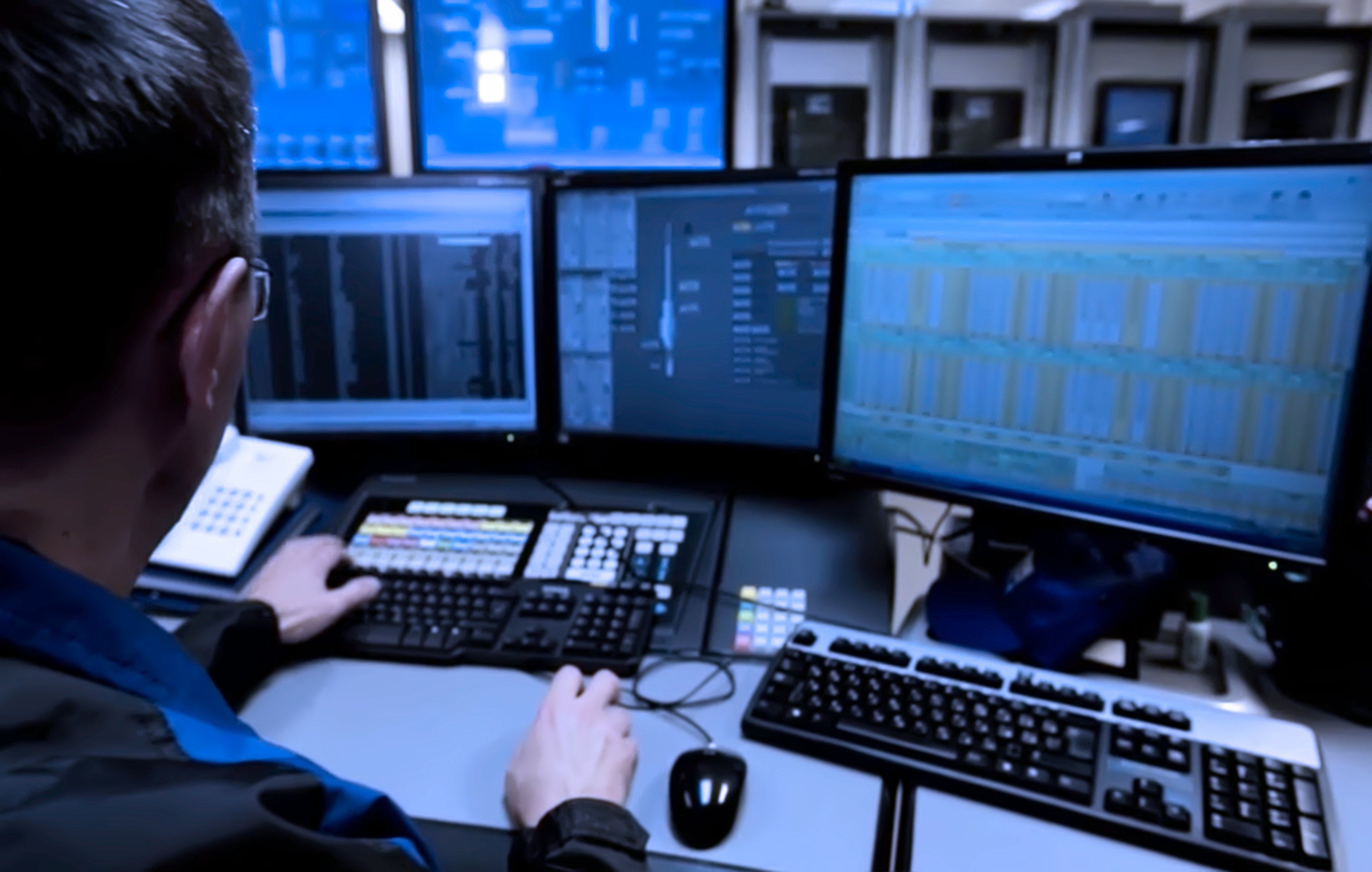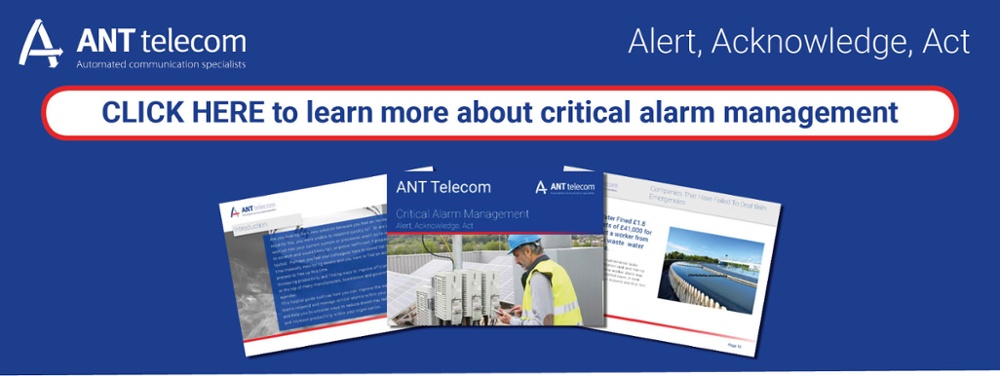 Alarm systems are an essential component for the majority of businesses to ensure protection against risk and to remain compliant. From fire alarms to lone worker alerts, they are prevalent across all industries. But just having an alarm system in place isn’t enough, performance monitoring is also vital not just to ensure that the alarm system is working effectively, but that the associated processes, such as alerting the emergency services and making sure help arrives quickly, are also as efficient as possible. This is where audit trails can be critical.
Alarm systems are an essential component for the majority of businesses to ensure protection against risk and to remain compliant. From fire alarms to lone worker alerts, they are prevalent across all industries. But just having an alarm system in place isn’t enough, performance monitoring is also vital not just to ensure that the alarm system is working effectively, but that the associated processes, such as alerting the emergency services and making sure help arrives quickly, are also as efficient as possible. This is where audit trails can be critical.
Record, analyse, implement
An audit trail is a way of recording all activities that occur during the critical alarm path. For example, it will monitor and record what alarms were triggered, which team members were sent the alert and via what method, who acknowledged the alarms and the time taken between each step up to the point of resolution. By recording evidence of these activities, businesses can identify and retrace the movements following the incident, allowing them to review the technology and processes in place.
With complete visibility of the event, a documented audit trail can highlight any challenges in how the incident was communicated, or if the response team took longer to arrive than usual and investigate to find out why this might have happened, and how it can be prevented from occurring again. Identifying questions that need to be asked and where improvements can be implemented can also ensure higher levels of proficiency. Were the right people alerted to the incident initially? Or was only one person contacted that was actually unavailable that day? If it was a lone worker that had fallen unconscious on the job, how long did it take for their situation to be identified? If it was out of hours, were the emergency services able to access the site and find the patient quickly, without delay?
By providing a clear report, management teams can utilise the audit trail for ongoing review and monitor how effectively a team is responding to alarms, with the aim of making processes as streamlined and effective as possible. The data may also show that alarms are occurring frequently on a particular time in the day, which may prompt managers to take action, such as making sure more workers are on site during those peak alarm times.
Health and safety improvements
There isn’t room to be complacent when it comes to health and safety, so by establishing a proactive safety culture, managers can also promote a positive practice of continually looking to identify new ways in which to improve safety further, through incremental process improvements or technology overhauls. Regular safety reviews can help businesses to evaluate existing procedures and examine any issues or changes since the last inspection, both in the interests of optimum safety levels and also, compliance. Audit trails can help with this process as they provide a detailed chronology of actions taken throughout a particular event, allowing managers to quickly identify where any issues may be occurring and take the relevant steps to address them.
Without an audit trail in place, how can businesses learn from and evolve their working practices when it comes to responding to an incident on site? With reliable, time-stamped data, managers can confidently make informed decisions on streamlining processes for alarm management which will not only improve safety and productivity on site, but also save valuable time and money.




